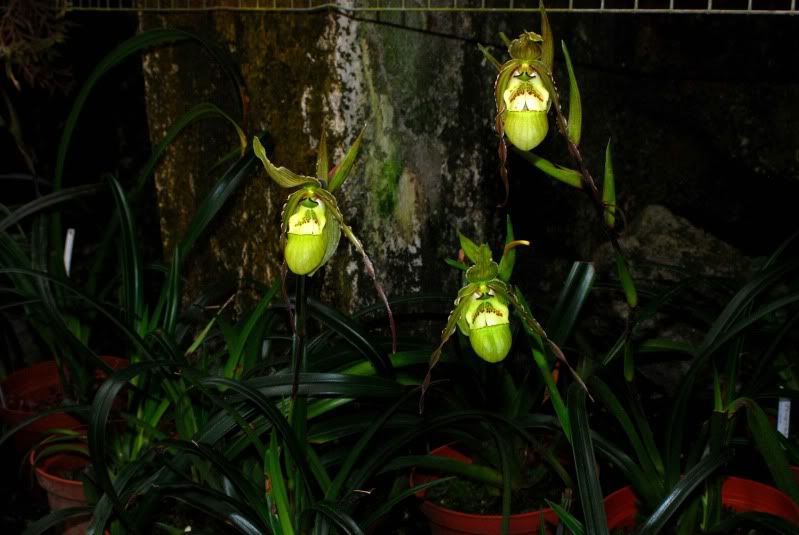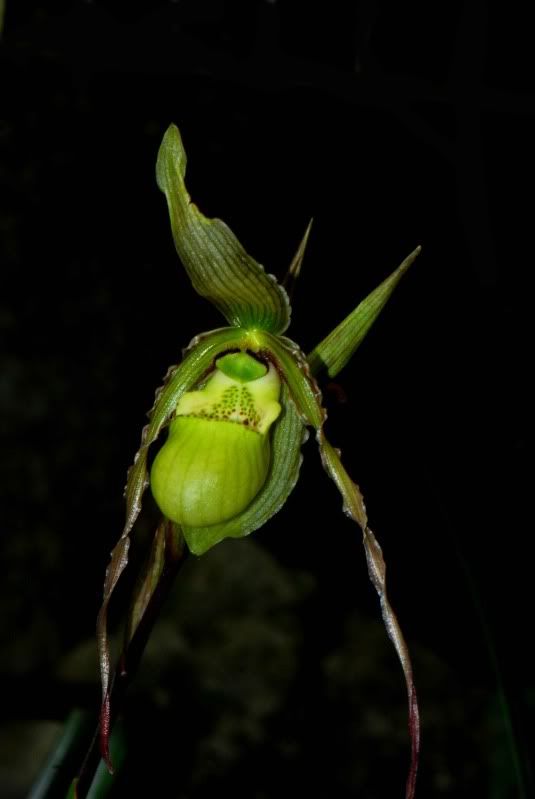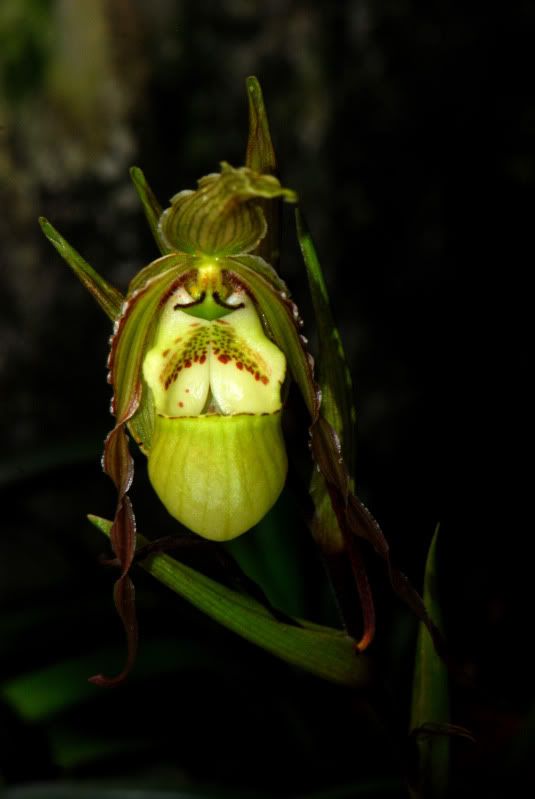Hi all,
I apologize for the late response(s)
@Eric.
Sorry, I don't have photos of the newly described hybrid. The article which contains the description has very few photos. I don't think Olaf and/or the D.O.G. would appreciate me publishing their content. ;o)
@Dorothy
I think you misread of misinterpreted the text on my web site. At the moment I have the taxon richteri mentioned as being a species. In fact the people that consider richteri a true species place it in a different section of the genus than boissierrianum and it's subspecies are.
About richteri being a species or a natural hybrid. That richteri is mentioned as a species on my web site is probably due to the fact that I used German sources to startup my PhragWeb project. Most of these where written by Olaf Gruss. Nothing wrong with that. In fact I learned a lot from his publications. It's just that he consideres the taxon richteri a true species, and that's why it started out as a species on my web site. Some time now I more and more tend to considering it a natural hybrid. But this is purely based on the information that reaches me. I haven't studied the taxon so to speak.
Already in 1993 Bennett and Christenson depicted it as a natural hybrid in Icones Orchidacearum Peruvianum without publishing an official description.
If I'm not mistaken the International Orchid Register at Kew consideres it to be a natural hybrid of pearcei and boissierrianum as well. Speaking of the Register which tends to follow Cribb and co., a taxonomical treatment by Cribb would interest me. Looking at the Monocot Checklist I tend not always to agree with Cribb, so his arguments why will be interesting.
I also heard that in the past Guido Braem started a treatment of the genus Phragmipedium, but that he stepped away from it because of publisher and financial reasons.
@Tom
I agree. The only thing I can think of why Olaf would describe the new natural hybrid is that he consideres richteri to be a species, so xrichteri vs xmerinoi is not an issue for him.
@Bill
Yes, there will always be the "fight" between the Splitters and the Lumpers. I personally am of the opinion that if a taxon is distinct enough it should be described, as a species, subspecies, variety or form.
And that in such case the distinction of the taxon should justify the registration/description of (natural) hybrids. In the past so many hybrids have been lumped into one hybrid because some authority did not recognise subspecies, varieties and forms as separate entities.
All the best,
Rob Zuiderwijk






